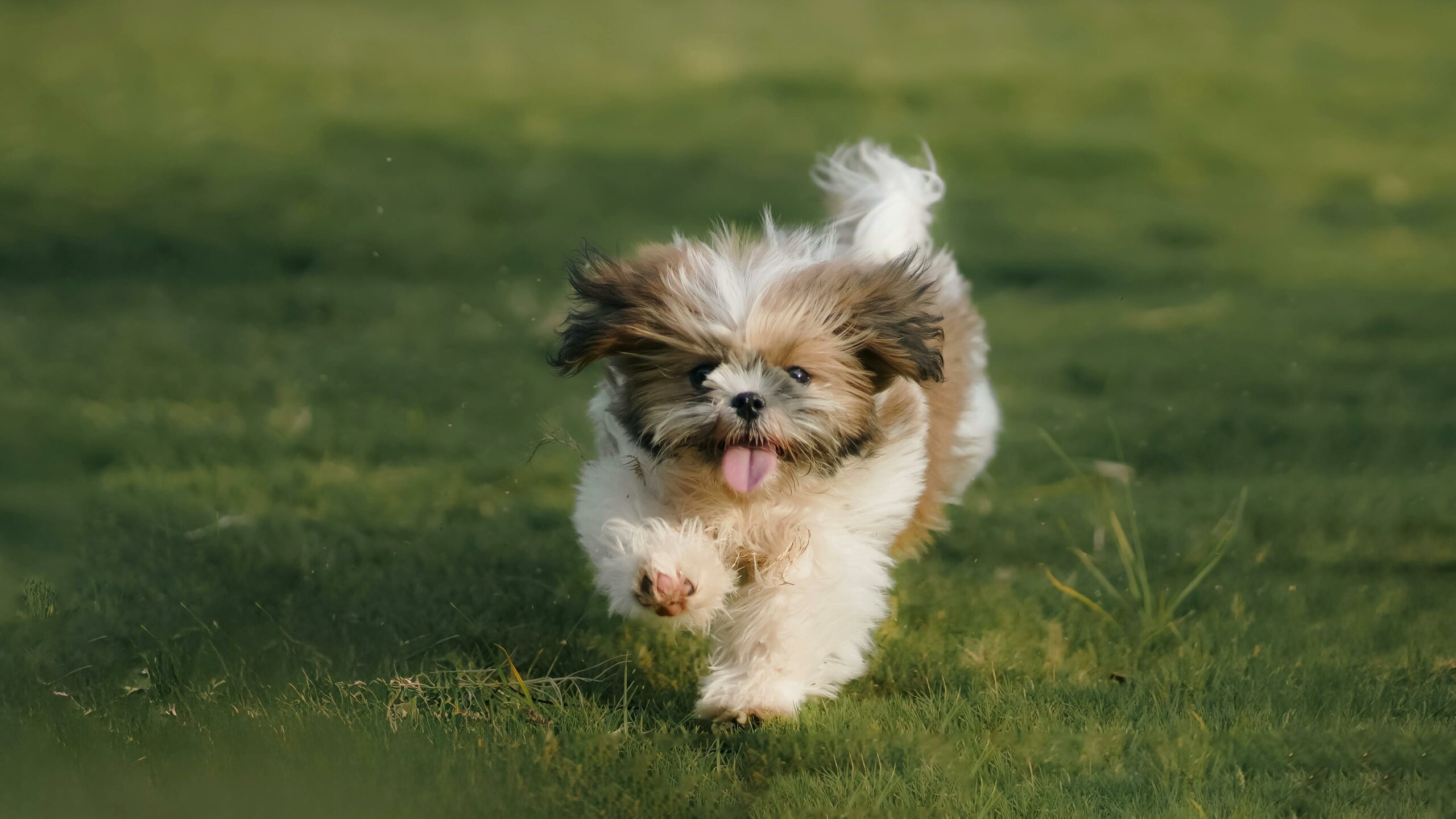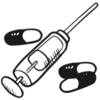
Dogs are loyal, lovable companions whose daily routines offer insights into their needs, instincts, and personalities. Whether they’re enjoying a morning walk or snoozing in the afternoon, every activity in their schedule reflects a blend of natural instincts and the care provided by their owners. In this article, we explore a dog’s daily routine, highlighting their typical activities and how we can ensure they live happy, healthy lives.
Morning Energy: Walks, Breakfast, and Bonding Time
For most dogs, mornings are a time of high energy and excitement. The day often starts with a bathroom break or a walk, fulfilling their need for exercise and allowing them to explore the outdoors. Regular morning walks are essential for their physical health and mental stimulation. Sniffing and exploring new scents during walks engage their natural curiosity and provide enrichment.
Breakfast is another key moment in a dog’s daily routine. Dogs thrive on consistency, so feeding them at the same time every day is ideal. A balanced breakfast fuels their energy for the day ahead and helps regulate their digestion.
Morning is also an excellent time to bond with your dog. Spending even a few minutes playing fetch, giving belly rubs, or practicing basic commands strengthens your relationship and provides positive mental stimulation.
Mid-Morning Play: Burning Off Energy
Dogs, especially younger ones, are often full of energy mid-morning. This is a great time for interactive play or toys that challenge their problem-solving skills. Activities like tug-of-war, fetch, or agility exercises help them burn off excess energy while reinforcing their training.
For dogs that stay home alone during the day, providing stimulating toys, like puzzle feeders or chew toys, can keep them entertained. Regular playtime not only keeps your dog physically fit but also prevents boredom, which can lead to destructive behaviors.
Afternoon Relaxation: Nap Time and Quiet Moments
After an active morning, dogs usually wind down for some rest. Most dogs nap during the afternoon, recharging for the rest of the day. Dogs typically sleep 12-14 hours a day, and this downtime is essential for their physical recovery and mental health.
Providing a comfortable and quiet space for your dog to rest ensures they feel secure. Whether it’s a plush dog bed in a quiet corner or a crate with a soft blanket, the right environment promotes quality sleep. Some dogs may even enjoy lounging near their owners during their own quiet moments, reinforcing their social bond.
Evening Adventures: Walks, Training, and Socializing
Evenings are another active time in a dog’s day. A second walk is often part of their dog’s daily routine, providing an opportunity to burn off energy, explore, and stay fit. Evening walks also offer a chance to socialize, whether it’s greeting other dogs and their owners or exploring new areas.
This is also a great time for training sessions. Dogs are eager to please and respond well to positive reinforcement. Practicing commands or teaching new tricks during the evening can be both fun and productive. These sessions not only enhance their obedience but also strengthen the trust and communication between you and your dog.
For dogs with a social nature, evening playdates with other dogs can be a highlight of their day. Socializing is crucial for their emotional well-being, helping them develop good manners and reduce anxiety.
Nighttime Routine: Dinner, Relaxation, and Sleep
Dinner is a key part of the evening routine, and like breakfast, it should be consistent in timing and portion size. A balanced diet tailored to your dog’s size, breed, and activity level ensures they get the nutrients they need.
After dinner, dogs typically enjoy some downtime. This might involve cuddling on the couch, gentle play, or simply relaxing in their favorite spot. Creating a calm environment in the evening helps your dog wind down and signals that it’s time to transition to rest.
As night falls, dogs prepare for sleep. A predictable nighttime routine, such as a final bathroom break followed by settling into their bed, helps them feel secure and promotes a good night’s rest.
Variations in Routines
While many dogs share similar patterns, their routines can vary based on factors like breed, age, and individual temperament:
- Puppies: Puppies have shorter energy cycles, requiring more frequent playtimes, naps, and meals.
- Senior Dogs: Older dogs may need less intense exercise and more rest but still benefit from gentle walks and mental stimulation.
- Working Dogs: Breeds with high energy levels, such as Border Collies or German Shepherds, often need more physical and mental engagement.
- Small Breeds: Smaller dogs may require shorter walks but are no less enthusiastic about playtime and socialization.
Understanding your dog’s unique needs and adapting their routine accordingly ensures they stay healthy and content.
How to Support Your Dog’s Daily Routine
A well-structured daily routine benefits both you and your dog. Here are some tips to optimize their schedule:
- Consistent Meal Times: Feed your dog at the same times every day to regulate their metabolism and digestion.
- Exercise and Play: Ensure they get enough physical and mental stimulation through walks, play, and training.
- Comfortable Resting Area: Provide a quiet and cozy space for naps and nighttime sleep.
- Regular Check-Ins: Monitor their behavior and health. Changes in their routine could indicate stress or medical issues.
- Bonding Activities: Spend quality time with your dog every day to strengthen your relationship.
Conclusion: The Joys of a Dog’s Daily Routine
A dog’s daily routine is a beautiful mix of activity, rest, and bonding moments. By understanding their needs and habits, we can ensure our canine companions lead balanced, fulfilling lives. From their morning walks to their evening cuddles, every moment is a chance to strengthen the bond we share with them.

Jun Hao is a passionate advocate for pet adoption, care, and volunteering. With a heart dedicated to giving animals another chance, Jun Hao spends his days promoting the joys of rescuing and rehoming pets.
“Every pet deserves love and care, and I’m here to support their journey.”
Share this:
- Click to share on WhatsApp (Opens in new window) WhatsApp
- Click to share on Facebook (Opens in new window) Facebook
- Click to share on LinkedIn (Opens in new window) LinkedIn
- Click to share on Pinterest (Opens in new window) Pinterest
- Click to share on Tumblr (Opens in new window) Tumblr
- Click to share on X (Opens in new window) X
- Click to share on Reddit (Opens in new window) Reddit
- Click to share on Telegram (Opens in new window) Telegram
- Click to email a link to a friend (Opens in new window) Email
- Click to print (Opens in new window) Print






























